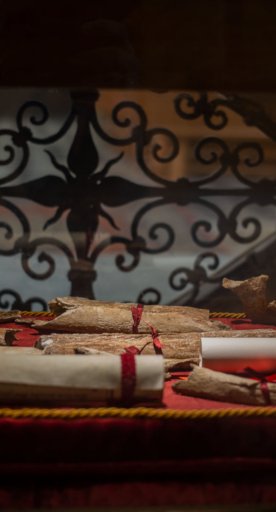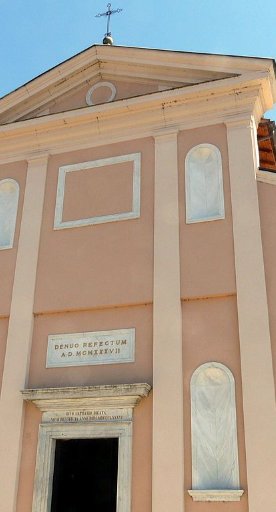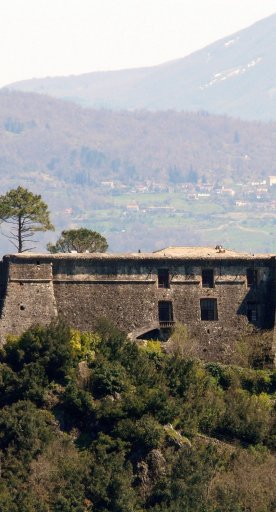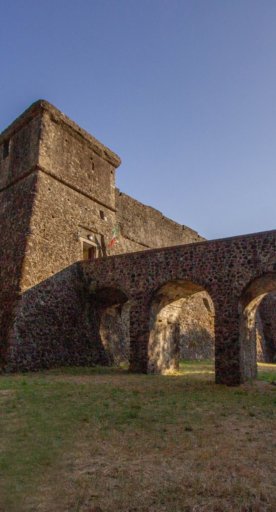
Malaspina Castle of Pallerone
From simple fortification to luxurious 17th century residence in Lunigiana
Pallerone Castle is a luxurious 17th century residence that belonged to the Marquis Malaspina of Olivola-Pallerone, which stands at the center of the medieval village of Pallerone. The village lies at the center of an important route that leads from the Abbey of San Caprasio in Aulla to the mountains of the Tuscan-Emilian Apennines.
From the origins of the village of Pallerone to the “reconstruction” by Alderano Malaspina

The original nucleus of the settlement of Pallerone is to be found in the place called the Verdentro, a “castrum” or fortified village, and legend has it that the name of the place seems to have come from its first inhabitant: Mr. Palero!
Urban development is firmly anchored to the Malaspina family, which played a decisive role in Lunigiana, especially from 1275 when, amidst alternating events, the Marquis Malaspina of Olivola retained ownership of the village. The real turning point came in the first half of the 17th century when the village changed its face according to the wishes of Alderano Malaspina, who enlarged the village and shaped it according to his taste and sensibility.
And when the seat of the fief of Olivola (inconvenient and decentralized) was moved to the very village of Pallerone, its castle was transformed from a “simple” fortification to a stately residence.
Alderano, sensitive to Florentine urban novelties, decided to add a new part to the old medieval village, according to the needs and criteria of the new society. He changed the orientation of the church and designed a new districy with a large square on which the castle-palace would face. Notable were the changes to the castle, to which he wanted to give the appearance of a luxurious aristocratic dwelling, worthy of a marquis’s seat. Thus the facade was turned harmoniously toward the new square, opening windows and a wide gate.
The situation remained virtually unchanged until the late 1700s, when the French Revolution came to Lunigiana, which became part of the Napoleonic Kingdom leading to a gradual abolition of the fiefdoms.
The castle today

Currently, Pallerone Castle is privately owned by the Malatesta family, who purchased it after the war. After careful restoration carried out in recent years by the current owners themselves, it stands as a luxurious 17th century residence, a renowned location for public and private events and open to the public on some extraordinary dates.
Of particular value and elegance is the great hall, which is vertically spread over two floors with a large fireplace in the south wall. Splendid are the 17th century frescoes masterfully set in large relief frames that clearly separate the image from the plaster. The works alternate mythological scenes with scenes from the life of the time and are most likely attributed to the Fivizzano painter Stefano Lemmi.
Inside the castle, the chapel dedicated to St. Gaetano Thiene, a saint of Veneto tradition, is still well preserved.
And of particular value and interest is the hanging garden, decorated with pebbles forming an original four-color Ligurian-style mosaic.
In addition to the village and the Malaspina castle, the village of Pallerone today also houses one of the oldest mechanical nativity scenes in all of Italy and can be visited during the Christmas season.





